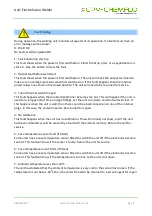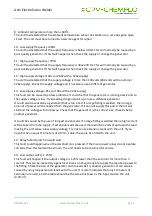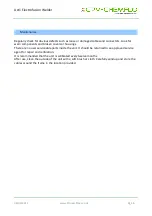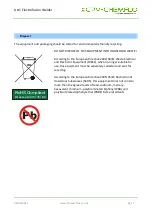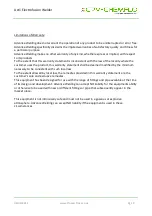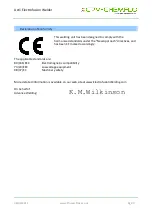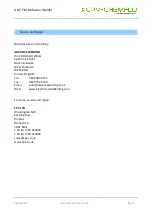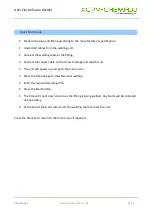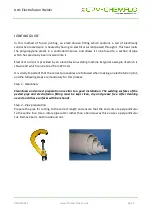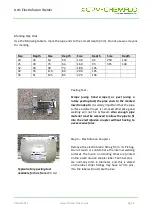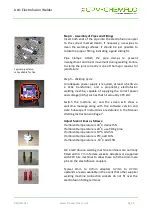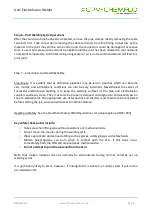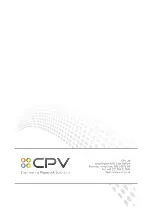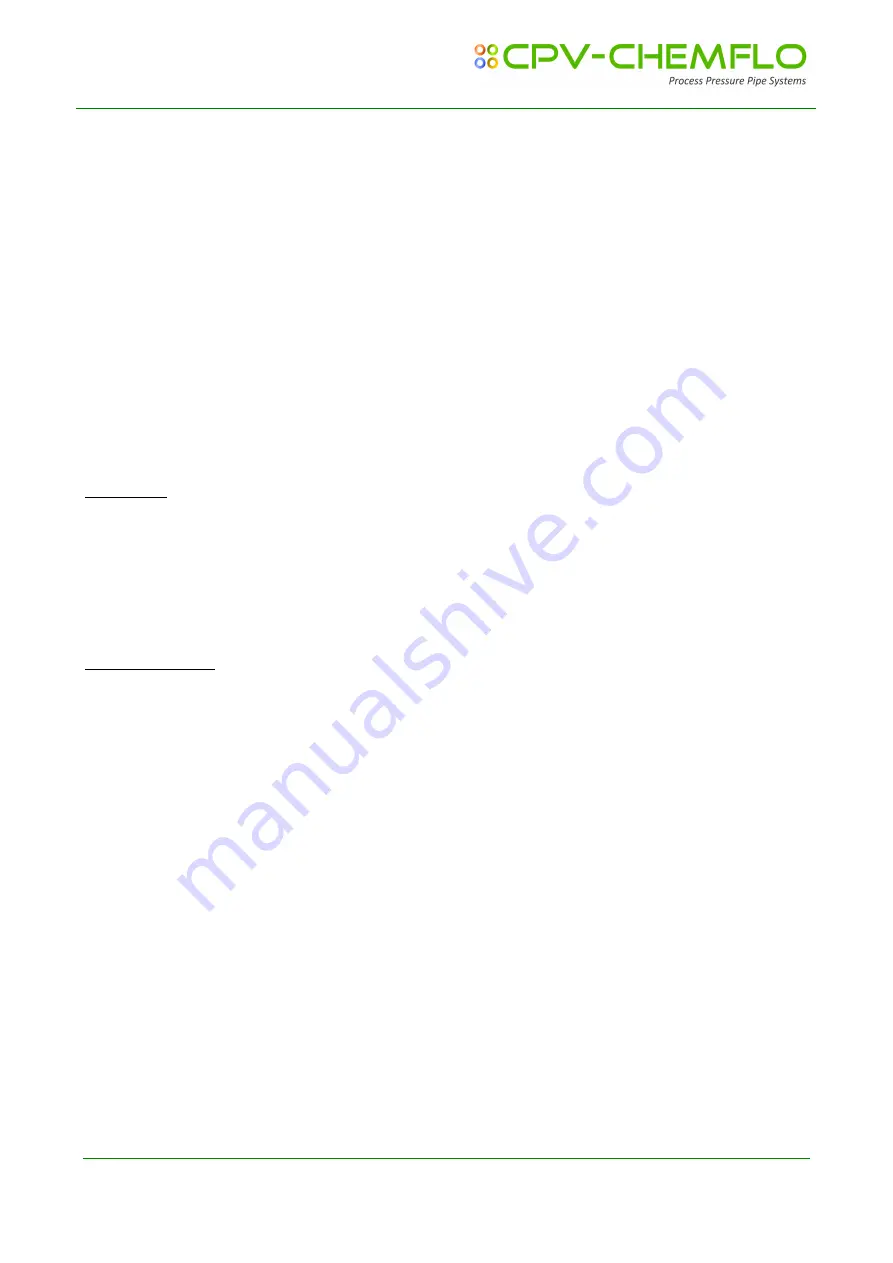
Act1 Electrofusion Welder
06/06/2011
www.ProcessPipes.co.uk
Pg 26
Step 6 – Post Welding Cycle Operations
After the cool down time has been completed, remove the pipe clamps, ideally removing the cable
terminals first. Take care when removing the cable terminals from the fitting connectors as the
material in the joint may still be semi-molten and the connectors could be damaged if excessive
force is used. Test pressure should not be applied until the joint has been allowed to cool naturally
to ambient temperature. Artificial cooling using water or air is not recommended and will lead to a
poor joint.
Step 7 – Cleanliness and Health & Safety
Cleanliness: It is evident that by definition pipelines may be laid in trenches which can become
very muddy, and atmospheric conditions can also be very inclement. Nevertheless the secret of
successful electrofusion welding is to keep the welding surfaces of the pipe and electrofusion
couplers spotlessly clean. They must also be properly clamped and aligned to eliminate stress on
the pre-welded joint. The appropriate use of tarpaulins and shelters must therefore be considered
before starting the job, and used whenever conditions dictate.
Health and Safety: See the Health and Safety COSHH guidelines for polypropylene (HS/P/ 003)
Key safety check points include:
o
Take care when lifting pipe without assistance or mechanical aids.
o
Do not touch the coupler during the welding cycle
o
Wear appropriate protective clothing such as gloves, safety glasses and safety boots
o
Molten polypropylene can burn when in contact with the skin. If this does occur,
immediately flush the affected area and seek medical advice.
o
Do not attempt to pull the material from the skin.
Note that molten material will not normally be encountered during normal, correctly set up
welding cycles.
It is particularly likely to occur, however, if misalignment is induced, or undue stress is put on the
pre-welded joints.
Summary of Contents for Act1
Page 1: ...Act1 Electrofusion Welder ...
Page 27: ......


